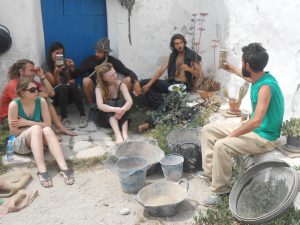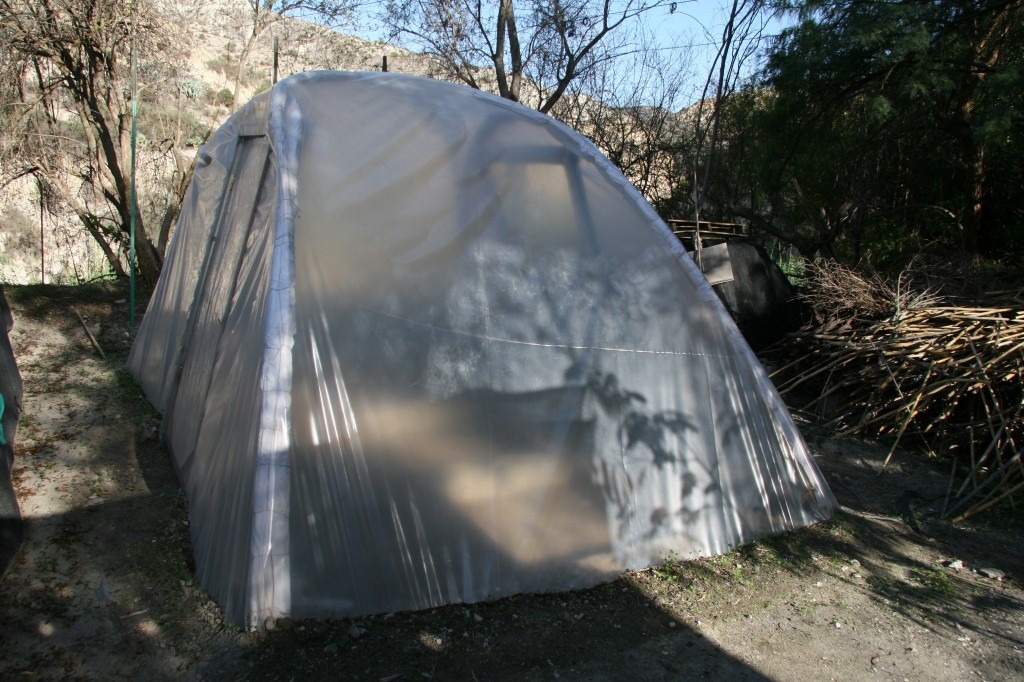Eco Construction, Newsletters
There is big excitement in Sunseed about a brand new space that we will inaugurate for the start of the Permaculture Design Certificate Course on May, 1st. With the collaboration of Jef and Kirsty from Cultura de la Tierra and the fundamental help of many volunteers, there will be a new geodesic dome out there to host many of the indoor activities of the course. The participants will also get the opportunity the re-design the area where the dome is located, the Mediterranean Garden, and to give it a new life.
After the PDC, the new dome will be a core space for Sunseed, as it will host many of our communal activities, workshops and meetings. Don’t miss this opportunity to be present in an historical moment for our project, while attending an inspiring permaculture course in the beautiful oasis of Los Molinos del Río Aguas. There are still a few spaces to participate, book it on the Circle Permaculture page!































